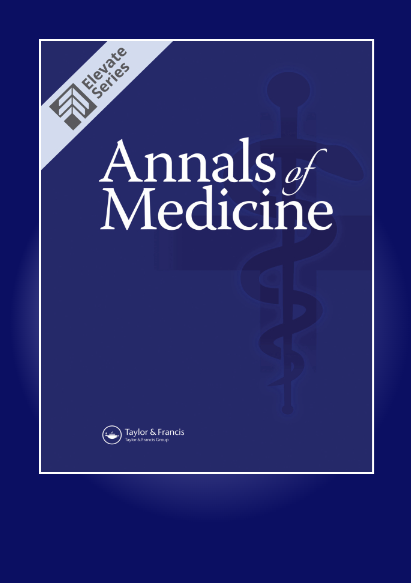Predicting sleep based on physical activity, light exposure, and Heart rate variability data using wearable devices.
IF 4.3
2区 医学
Q1 MEDICINE, GENERAL & INTERNAL
引用次数: 0
Abstract
OBJECTIVE We aimed to improve the performance of sleep prediction algorithms by increasing the data amount, adding variables reflecting psychological state, and adjusting the data length. MATERIALS AND METHODS We used ActiGraph GT3X+® and Galaxy Watch Active2™ to collect physical activity and light exposure data. We collected heart rate variability (HRV) data with the Galaxy Watch. We evaluated the performance of sleep prediction algorithms based on different data sources (wearable devices only, sleep diary only, or both), data lengths (1, 2, or 3 days), and analysis methods. We defined the target outcome, 'good sleep', as ≥90% sleep efficiency. RESULTS Among 278 participants who denied having sleep disturbance, we used data including 2136 total days and nights from 230 participants. The performance of the sleep prediction algorithms improved with an increased amount of data and added HRV data. The model with the best performance was the extreme gradient boosting model; XGBoost, using both sources combined data with HRV, and 2-day data (accuracy=.85, area under the curve =.80). CONCLUSIONS The results show that the performance of the sleep prediction models improved by increasing the data amount and adding HRV data. Further studies targeting insomnia patients and applied researches on non-pharmacological insomnia treatment are needed.利用可穿戴设备,根据体力活动、光照和心率变异数据预测睡眠。
材料与方法 我们使用 ActiGraph GT3X+® 和 Galaxy Watch Active2™ 收集身体活动和光照数据。我们使用 Galaxy Watch 收集心率变异性(HRV)数据。我们评估了基于不同数据源(仅可穿戴设备、仅睡眠日记或两者)、数据长度(1、2 或 3 天)和分析方法的睡眠预测算法的性能。我们将目标结果 "良好睡眠 "定义为睡眠效率≥90%。结果在278名否认有睡眠障碍的参与者中,我们使用了230名参与者共计2136个日夜的数据。随着数据量的增加和心率变异数据的添加,睡眠预测算法的性能也有所提高。性能最好的模型是极梯度提升模型;XGBoost,使用了两种来源的综合数据和心率变异数据,以及 2 天数据(准确率=.85,曲线下面积=.80)。针对失眠症患者的进一步研究和失眠症非药物治疗的应用研究仍需继续。
本文章由计算机程序翻译,如有差异,请以英文原文为准。
求助全文
约1分钟内获得全文
求助全文
来源期刊

Annals of medicine
医学-医学:内科
CiteScore
4.90
自引率
0.00%
发文量
292
审稿时长
3 months
期刊介绍:
Annals of Medicine is one of the world’s leading general medical review journals, boasting an impact factor of 5.435. It presents high-quality topical review articles, commissioned by the Editors and Editorial Committee, as well as original articles. The journal provides the current opinion on recent developments across the major medical specialties, with a particular focus on internal medicine. The peer-reviewed content of the journal keeps readers updated on the latest advances in the understanding of the pathogenesis of diseases, and in how molecular medicine and genetics can be applied in daily clinical practice.
 求助内容:
求助内容: 应助结果提醒方式:
应助结果提醒方式:


